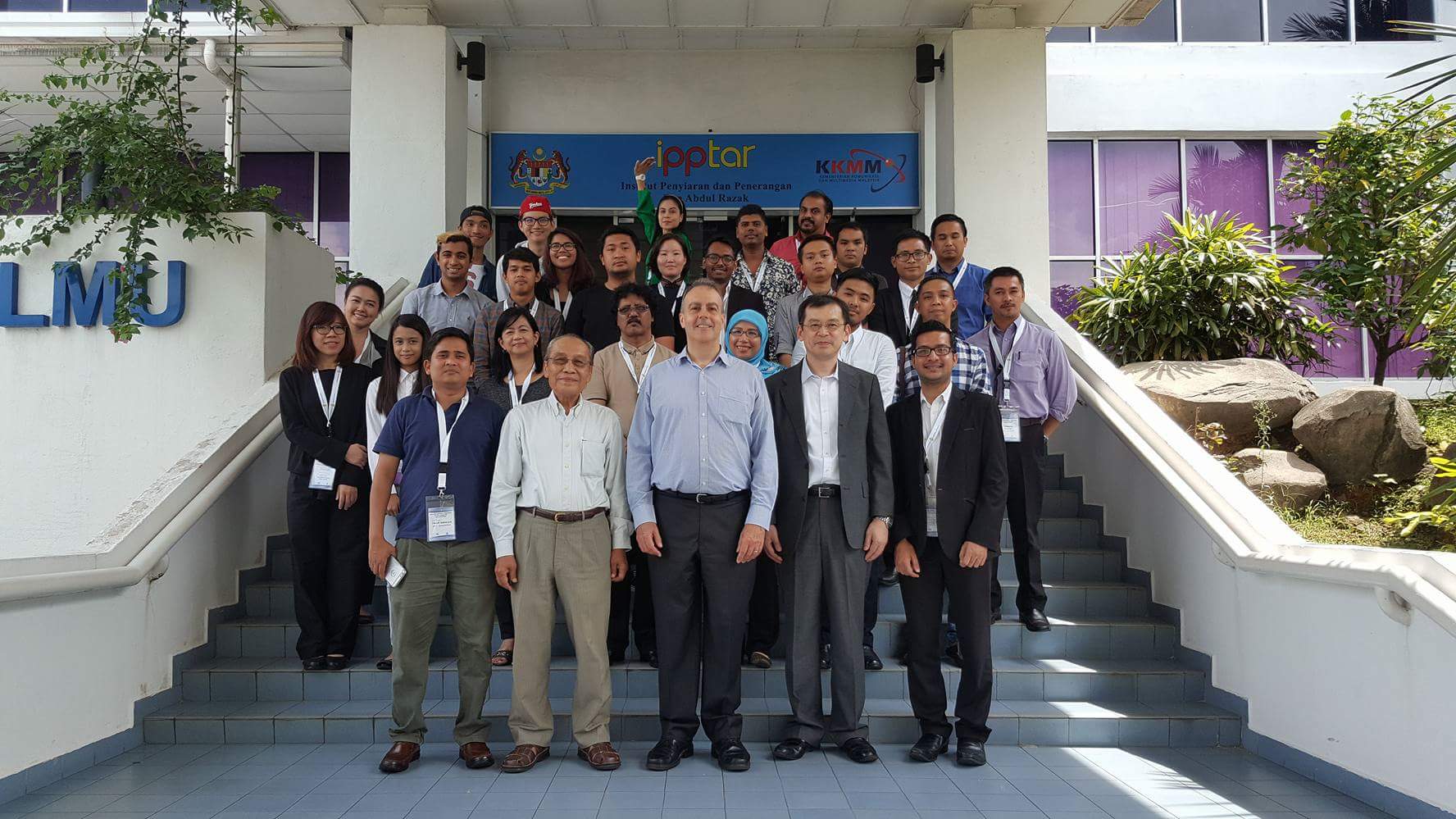“Smaller, faster, cheaper, social.”
— Steve Ahern, 2016
This is the essence of what was imparted to 21 participants of a 3-day workshop about New Media for Broadcasters held at ABU headquarters in Kuala Lumpur, Malaysia.
Workshop participants shared their knowledge of the latest social media trends and new media technologies, identifying a range of key elements that broadcasters must consider to thrive in the new media environment.
Changing Audience Habits
The change of technology to being smaller, faster, cheaper and social has prompted audiences to change in line with the advancement. Based on the training given, it is clear that the one constant device that is mostly used by people these days is their smartphone.
The growth of technology has made smartphones a one-stop device to get content from television, radio and Internet based on applications that are available. Looking at the example of growth in the Australian market there is a significant increase of Internet and video usage via mobile phones. There is also a higher reach across all platforms of social media such as Instagram, Twitter and Facebook, bringing the whole world under one roof.
With the lack of censorship on the Internet, the decrease in size and the ease of publishing, audiences these days are moving to get their preferred content on their smartphones rather than traditional media.
The Power of Social Media
What is social media? It is a term used to describe the new generation of digital, computerised or networked information and communication technologies.
These can take many different forms, including the internet, forums, blogs, wikis, podcasts and picture, music and video-sharing by these applications: Google, Facebook, Twitter, WhatsApp and the such. What makes social media so special is the four main factors: smaller, faster, cheaper and social. Social media is easy to use, built for cultural and political awareness, has the ability to reach the audience, enhances general knowledge, develops social skills, improves communication, is a great opportunity for learning and helps us to stay in the know about the day to day events in the world.
Fake News
In past weeks the problem of fake news has been widely discussed. One of the downsides of the power of social media is that any one can appear to be a news publisher, however ‘publishers’ who do not use professional methods are likely to, intentionally or unintentionally publish fake news.
To identify fake news, we must approach ‘publishers’ personally, preferably through their personal social media account to check them out. If an account is only a few weeks old, it could be a fake account aimed at publishing fake news. Secondly, if a certain organisation is mentioned in the posting, we should contact the mentioned organisation immediately to verify what is said. Thirdly, the pictures or videos that are posted must be searched and checked.
The origin and date of the media must be taken into account – maybe the pictures and videos are old or have been reused. Other than that, we must monitor other media, be it online media or mainstream media.
It’s always good to seek information from the authorities or the police to reconfirm the information posted. After all of these steps are carried out, we should be able to confirm the truth about the story and to reveal true news.

What the Participants Have Learnt
Throughout this three-day course, the participants were very eager to use social media, also known as new media, in their current jobs. Some comments from participants about what they learnt include:
“Social media like Facebook, Twitter, Youtube and a few others play very important roles to spread the news or information.”
“Smartphones are unavoidable tools in this new decade… We also learnt how to use the new media to our media including news reports, live streaming and so on.”
“Eventhough new media is much more beneficial and easier compared to the traditional media, it still threatens the security of the users. However, new media is still a good partner for the broadcasters.”
Some of the work done by participants on their smart phones, and posted using social media, is below. The videos are experimental mobisodes shot and edited on mobile devices.

